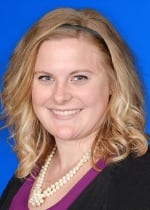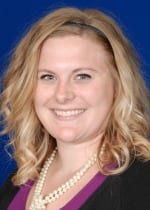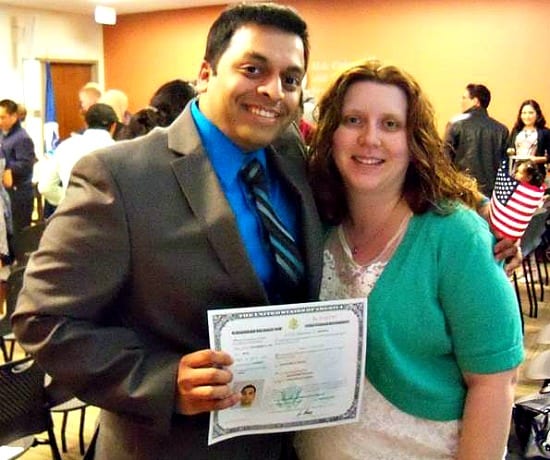 When you’ve engaged a CPA to perform an audit of your financial statements, you know the CPA will have expectations about how the audit will work. But what about your own expectations? Here’s an overview of how the process works.
When you’ve engaged a CPA to perform an audit of your financial statements, you know the CPA will have expectations about how the audit will work. But what about your own expectations? Here’s an overview of how the process works.
Unmodified Audit Opinion
Your first expectation from an audit is probably to receive an unmodified (clean) audit report. After all, that is the primary value that stakeholders seek from the audit.
Beyond that passing grade, however, your expectations from the audit can help you squeeze more value for your organization from this engagement. Let’s consider some additional expectations you might consider establishing at the outset.
Timely Reporting
This seems like a given, but it is important to communicate to maximize the value of your audit for two reasons. First, many stakeholders request the audit to be completed by a specific date each year. This can be part of a loan agreement or operating agreement. You should communicate that due date to the auditors and ensure they meet that expectation.
Second, if you have flexibility in your due date, some auditors will offer a reduced billing arrangement to perform an audit outside of their busy season. This value proposition is often utilized by non-profit organizations with fiscal year-ends or other entities that don’t have a pressing deadline. If you can take advantage of this cost savings, and the timing of the report doesn’t diminish its value to your stakeholders, this is an excellent opportunity.
Internal Control Deficiencies
While an audit is not designed to express an opinion on the effectiveness of your operating controls, auditors are required to document their understanding of your internal control environment in their planning of the audit and communicate any significant deficiencies they identify.
Your auditors will communicate these deficiencies over the course of the audit, and should explain the nature of the deficiency. This is valuable to you so that you can correct those deficiencies and mitigate the risk of future financial misstatements.
Let the auditors know that you would like suggestions to improve any significant deficiencies they identify during the audit. This will provide you and your team a starting point to evaluate and address the issues.
Recommendations for Improvement
In addition to communicating the required deficiencies in the internal control environment, many auditors can pass along other useful information and suggestions they came across during the audit process. In some cases, these are recommendations for best practices or cost-saving steps.
Establish the expectation at the start of the audit that they communicate any such recommendations to you during the course of the audit. These aren’t items that need to be disclosed in a letter to the board of directors, but can provide helpful advice.
Communication
The audit process can often span several months and involve many individuals. It is important to establish your expectations for communication from the auditors on the front end.
If you establish the expectation for clear and timely communication on the front end, you should be able to receive that throughout the entire audit engagement.
While the auditor may not be able to communicate every detail of their audit plan to you (they will likely need to include some element of surprise in the audit approach), an overall communication of the process and related timeline is important for you to manage your resources during the audit and help the auditors be as efficient and cost-effective as possible.
Similarly, if the auditors encounter something outside of their plan, the timely communication of that obstacle can help get the project back on track quickly.
Opportunity for Advice
Some organizations, in an effort to finish the audit and move on, overlook the opportunity to request advice and best practice ideas from their auditors. Auditors benefit from the experience of serving many different business clients and experiencing what works and what doesn’t work in those environments.
Don’t miss the opportunity to talk to your auditor about your business challenges and let them share those experiences. They can offer an experienced outside perspective on your current challenges.
Customer Service
You are engaging these auditors to provide you a service – so you should expect to be treated like a customer who has the choice to engage them for future services. This doesn’t mean that the auditors are going to “roll-over” any time there is a question about the financial statements; that’s not what you’ve hired them to do.
It does mean, however, that they will be respectful of you and your staff and considerate about your time and resource constraints. They should be willing to work with you to find solutions to serving you.
Like any working relationship, proactive communication of expectations will help ensure satisfaction with the work performed.
If you’d like to know more about how an audit can help your business, contact Mike Bedel at (317) 613-7852 or email [email protected].
 By Eric Woodruff, CPA, CCIFP
By Eric Woodruff, CPA, CCIFP


 Wyatt Althoff joined our firm last September upon graduating from Anderson University with a bachelor’s degree in accounting and finance.
Wyatt Althoff joined our firm last September upon graduating from Anderson University with a bachelor’s degree in accounting and finance. By Mike Bedel, CPA, CGMA
By Mike Bedel, CPA, CGMA
 By Lisa Blankman, CPA
By Lisa Blankman, CPA 


























